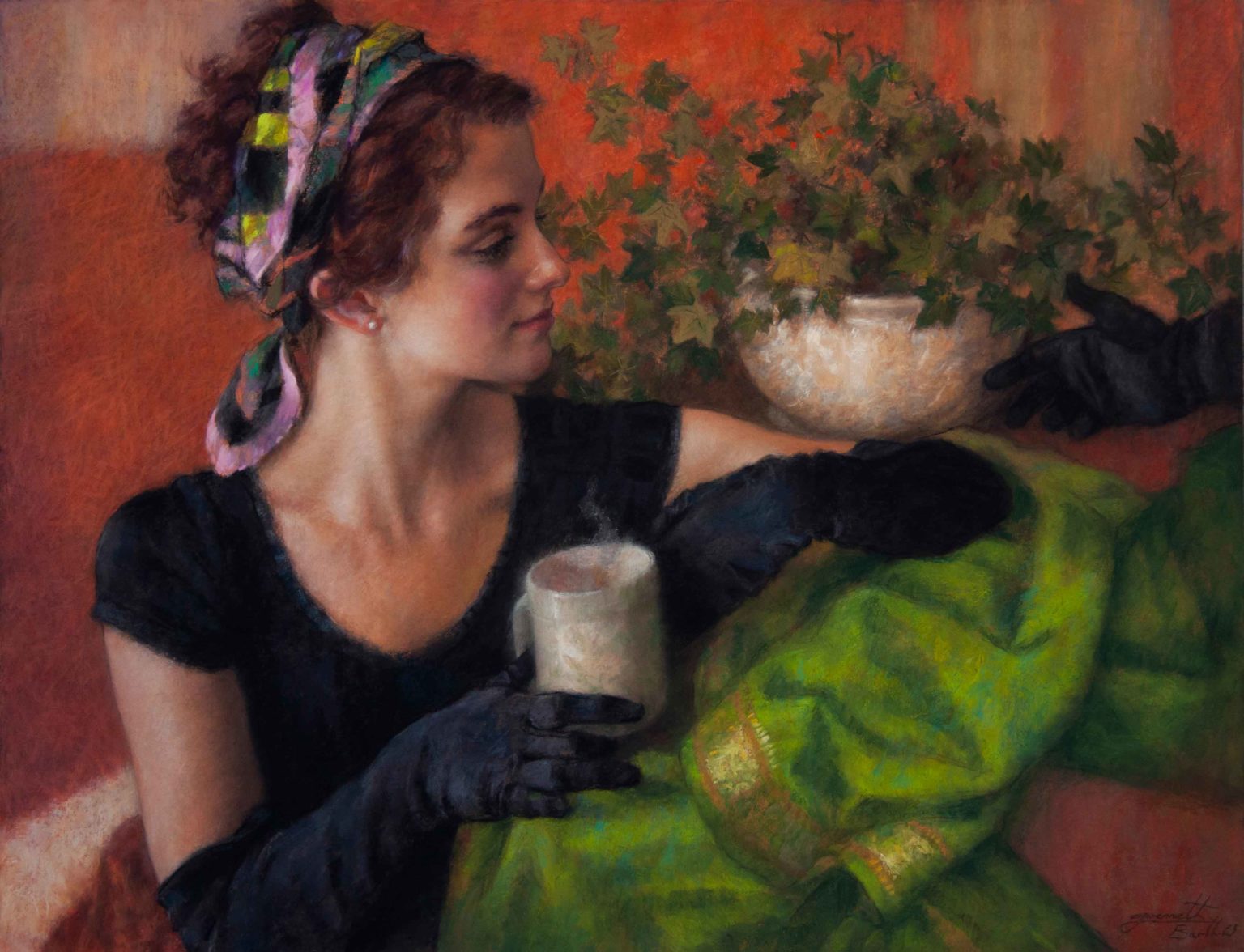
“In my work, I question reality – seeking to discover the meaning that must reside in the miraculous structure of matter that is the human body – the human face,” by Gwenneth Barth-White. “This pursuit is endlessly mysterious and fascinating to me.
“Then, the reality of my means of penetration, pastels or oils, brings me back to the surface, where I do my best, with considerations of composition, technique, and color. This surface is rooted in the depths of the soul, however. Sometimes, the spirit of my model may shine through the surface … I never know why or how. It just happens when I’m doing my work.
“I wish there were an easy way to express my love for pastel. I guess it all starts with perception and then the need to express my understanding of that perception. Pastel has a delicate, sensitive quality that aligns with unfathomable perceptions, plus a rich sensuousness in the softer brands that satisfyingly connects with passion. Additionally, it’s direct! Colors and values do not change after application, as opposed to the darkening of oil as it dries.”
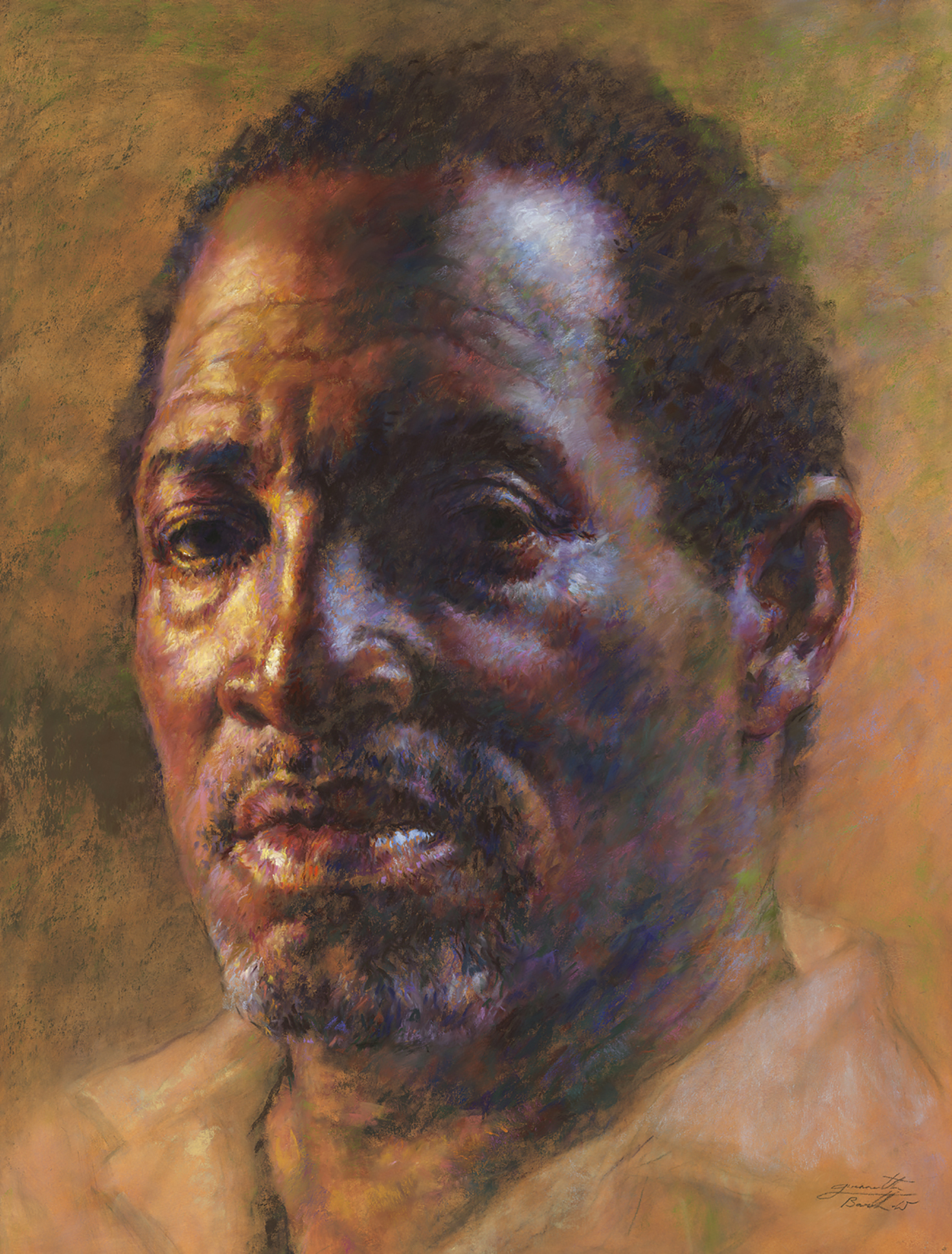
On Pastel Substrates and Hard to Soft Pastels
“Pastel technique depends largely on the substrate used. With pastel paper like Canson MiTeintes, I start with pastel pencils: Caran D’Ache and Stabilo – these can be used throughout the work to gently refine a softer layer,” she continues.
“Hard pastels like Nupastels and Rembrandts come next as a base to nourish the tooth of the paper, and I proceed with progressively softer pastels: Unisom and Girault, until reaching the very softest: Sennelier, Schmincke, Great American – and Ludwigs for the very dark colors. This ensures good adhesion that requires little fixative.
“Unlike in the past, pastelists now have at their disposal a wide array of archival papers and boards. I stress ‘archival’ because most of pastel’s past conservation problems derived from a poor substrate, typically inferior papers. Depending on my project, I’ll use Clairfontaine Pastel Mat or UArt paper mounted on archival board, but I mostly work on Dakota’s Pastel Premier Museum board.
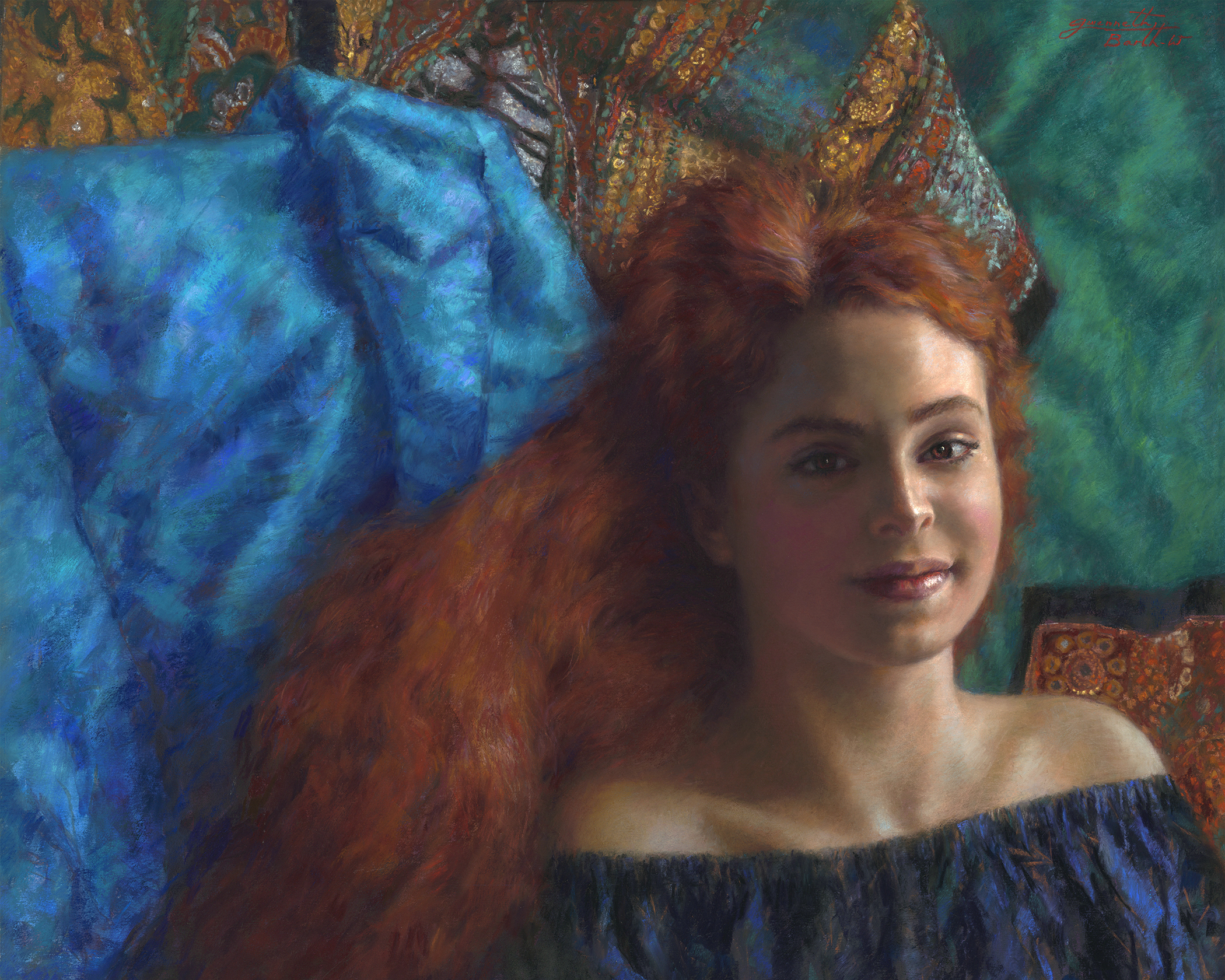
“All of these offer the delightful opportunity of first creating an underpainting wash, either in diluted pastel, watercolor, or oils. This wash sinks in and becomes one with the paper, allowing transparencies or multiple layers in the subsequent application of pastel – a process that is hugely fun and inspiring.
“The painting can also be nearly complete at the wash stage and then just finished with the pastel. This versatility is what I love about the medium.
“Applying pastel on these surfaces is also more adaptable. Artists can, paradoxically, start with softer pastels on the gritty boards and then develop this first layer with the help of harder ones.”
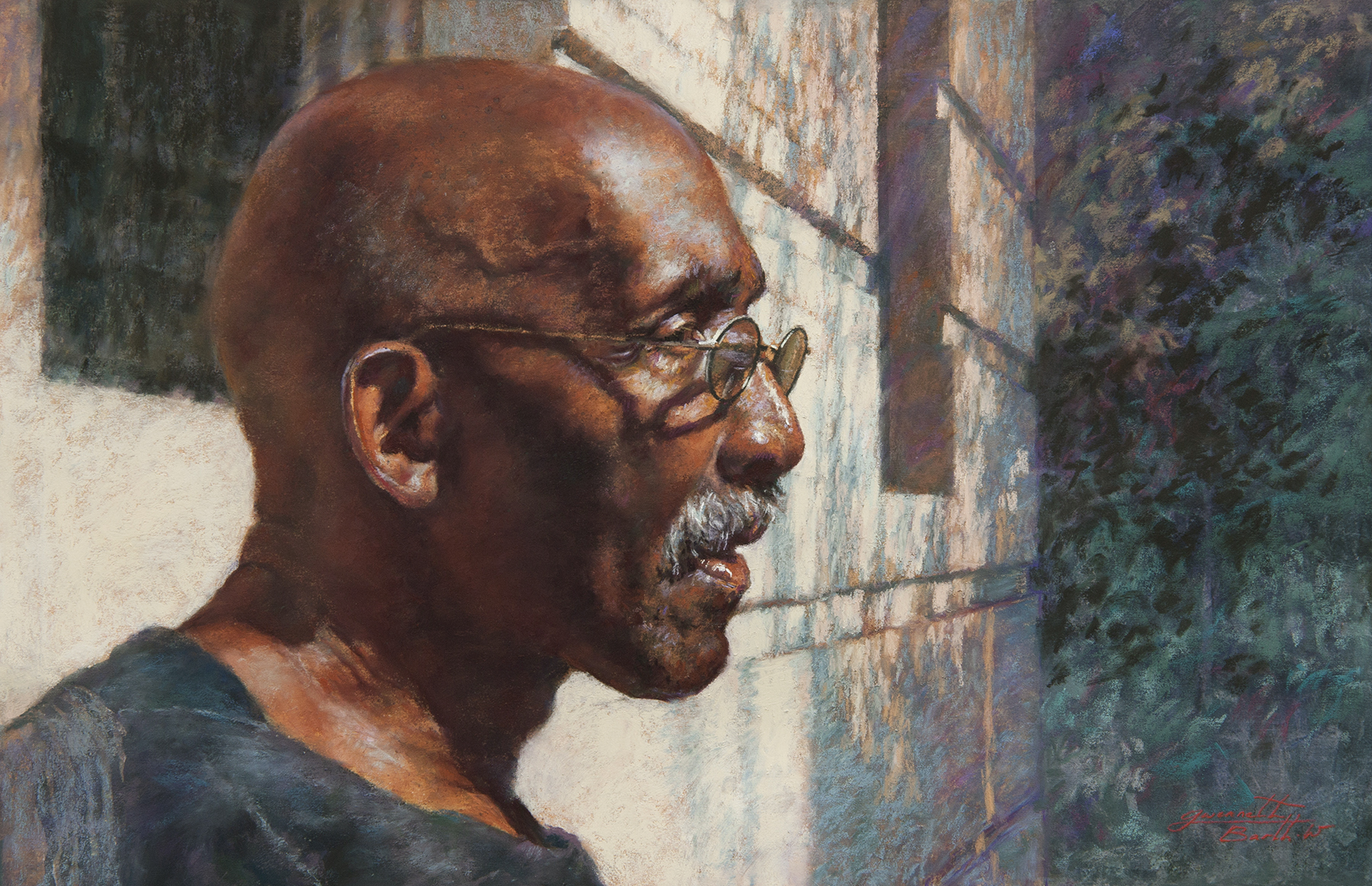
Myth Buster: The Archival Quality of Pastel
“In terms of the archival attributes of pastel, I’ve found that – besides the patrons who own centuries-old portraits of their ancestors (I’ve seen beautifully fresh ones in their living rooms), potential portrait clients seem to be suspicious of pastel’s powdery qualities, even though 18th century pastel portraits are superbly preserved.
“Edgar Degas, unfortunately, gave pastels’ archival quality a bad name. According to Degas’ friend and art dealer, Ambroise Vollard, in his Memories of an Art Dealer, the painter deliberately exposed his pastel sticks to long periods of sun on his roof to fade them! I believe that, like many artists of his time, (e.g., Toulouse-Lautrec and Edouard Vuillard) he may also have used inferior substrates. Degas’ pastels are now shown in darkened rooms in the museums of New York and Paris.
“This has not helped the perception of pastel. In contrast, Jean-Etienne Liotard’s (18th century Swiss) astonishingly fresh and brilliantly colored pastel portraits on parchment, which I’ve studied on numerous occasions, were on view in full light at Geneva’s Art and History Museum. The subject of conservation deserves a whole chapter of its own.”
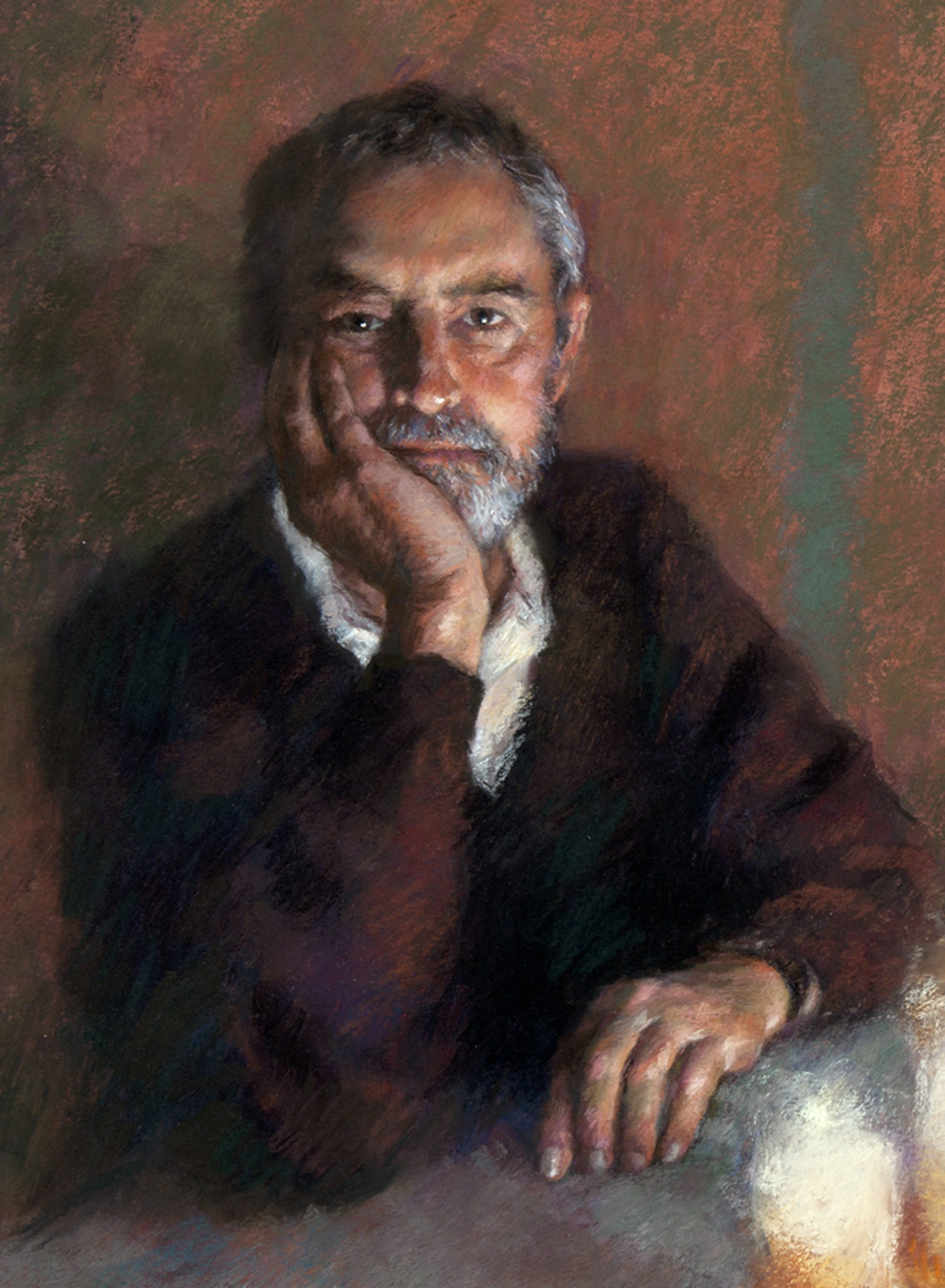
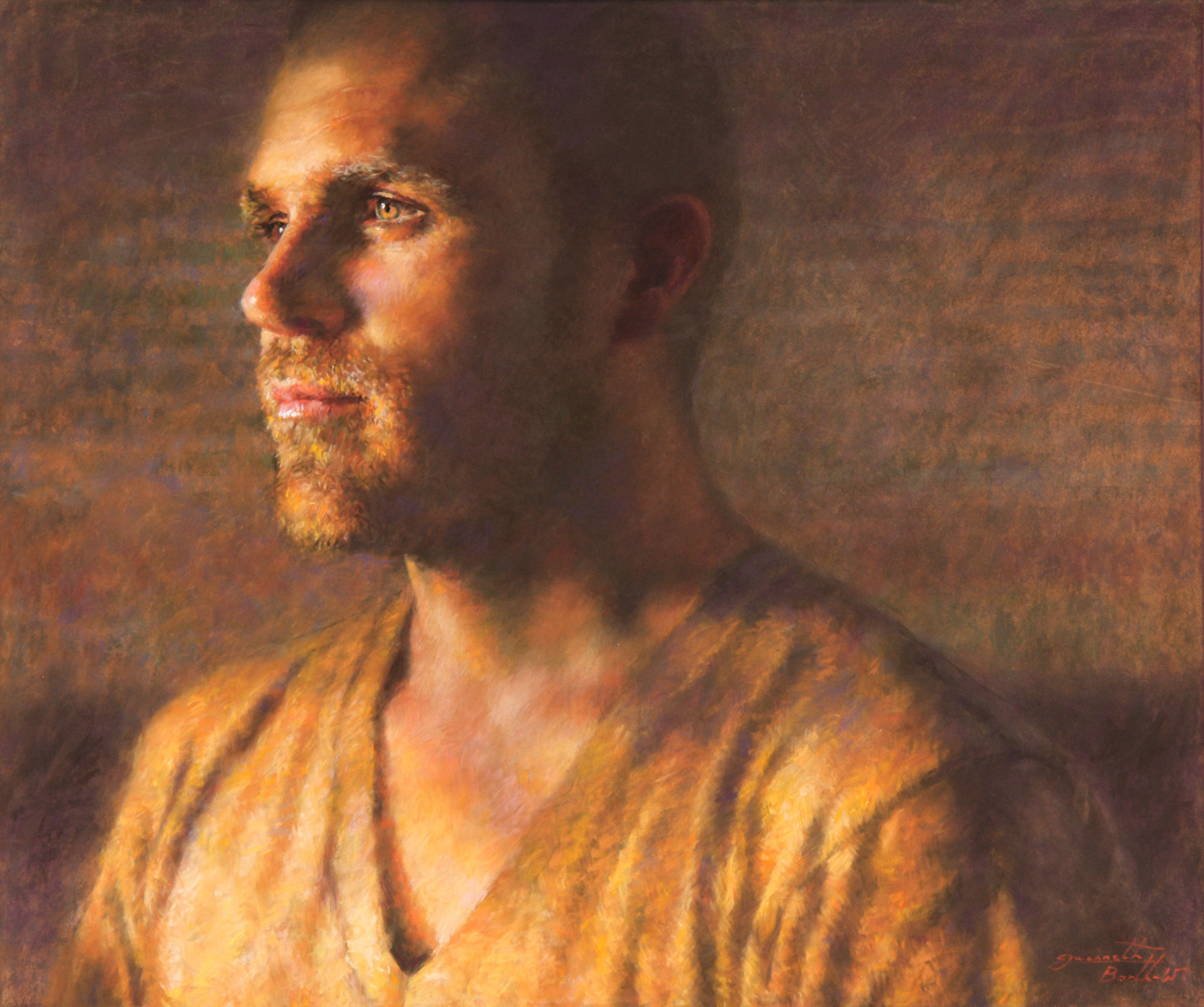
A Final Thought on Painting with Pastels
“Although I’ve mostly worked in oil for my commissioned portraits, pastel transports me to a different place: the colors are a world of their own, and there’s that wonderful sense of being able to layer with whispers of color.”
Learn from Stephen Bauman, Wende Caporale-Green, Dan Thompson, Glenn Villpu, and other top artists at Realism Live, November 9-11, with an Essentials Techniques Day on November 8, 2023.

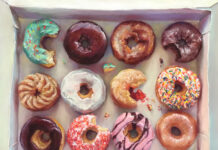
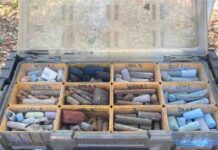
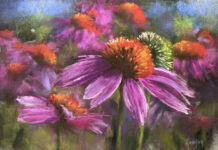
Gwenneth Barth-White makes a beautiful portrait in pastels. Wonderful article on expert material use and sensitive observation to the human form.